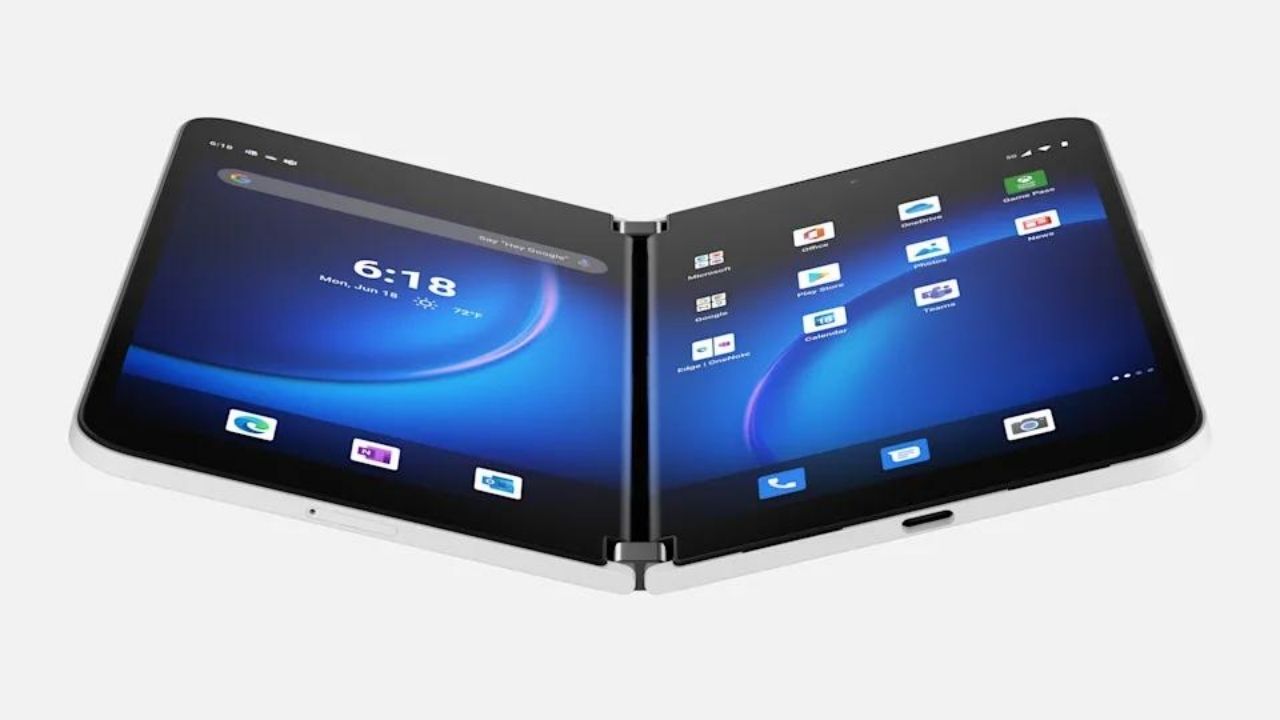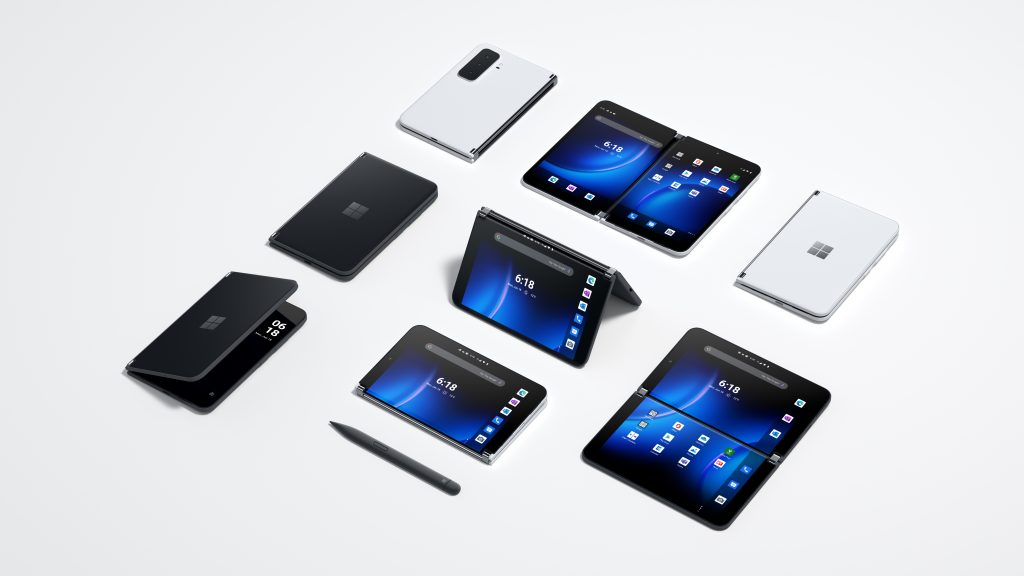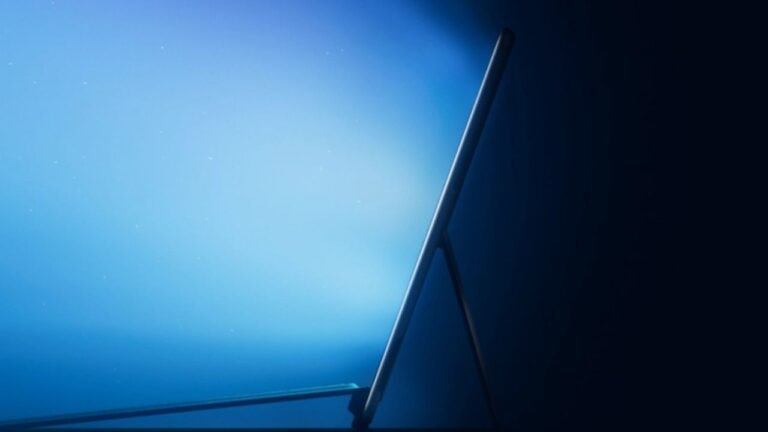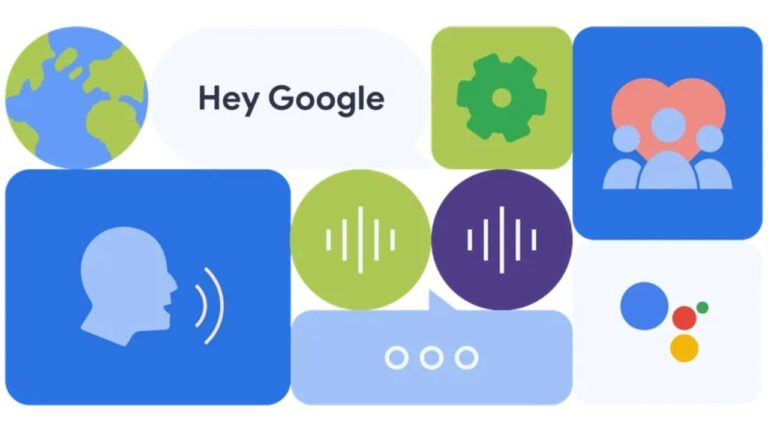With the Surface Duo, Microsoft attempted to re-enter the smartphone market. It was a foldable phone with two displays connected by a hinge, and it piqued the interest of tech fans. Despite the fact that the item was unveiled two years ago, it was only available for purchase roughly a year after the formal announcement. As a result, the internals was out of date, and the high launch price didn’t truly reflect what you got. The Surface Duo’s hardware performance was excellent, but the software remained unfinished, adding to the frustration. Now, with the Surface Duo 2 announced at the Microsoft Event, they’re back for a second go.
A dedicated camera array, a larger battery, and, most crucially, top-of-the-line internals are all included in the Surface Duo 2. Everything you need to know about the new Microsoft Surface Duo 2 is right here.
Microsoft Surface Duo 2: Design
The Surface Duo 2 keeps the same form factor and design language of the Surface Duo, but with some much-needed updates. Instead of a foldable display, the phone still features two independent screens separated by a hinge.
You’ll have a very sturdy hinge capable of keeping the two displays together to whatever degree you require. When the Surface Duo was first released, it was one of the thinnest phones on the market, and Microsoft has maintained that form factor with the second generation. The Surface Duo 2 is only 5.5mm thick.
The most significant design update is the addition of a camera module to the phone’s back. Microsoft depended on the camera on the display side to capture images on the first Surface Duo, therefore this feature was missing. A poor-quality single-camera didn’t make the cut in a world where a triple or quad-camera back arrangement is the norm. As a result, much like on regular smartphones, there is now a fairly large camera module.
The Surface Duo 2 is quite hefty and weighs 284g. Like last year, Microsoft hasn’t put a display on the front of the phone meaning you’ll have to switch between the two displays every time you want to use it.
There is a “Glance” feature that leverages the inside edge of the twin displays to display limited information, while the phone is shut. Because the phone’s entire exterior is made of glass, it is nevertheless rather delicate. Along the margins of the device, there is a metallic border that gives it a premium look.

Microsoft Surface Duo 2: Fingerprint sensor & Speakers
For biometric authentication, the Surface Duo 2 incorporates a fingerprint scanner. It also comes with the Microsoft Authenticator app pre-installed. The phone boasts stereo speakers, which, when combined with the huge display(s), make it an excellent entertainment device. The Surface Duo 2 doesn’t have a headphone jack, which is understandable given how tiny it is. When you’re on the phone, you get a dual-mic system that uses AI algorithms to block out background noise.
Display
The Surface Duo 2 has the same two-display design as the Surface Pro 2, with a hinge separating the two pieces, unlike
The two 5.8-inch AMOLED screens work together to create an 8.3-inch canvas
You get HDR compatibility as well as a peak brightness of up to 800 nits, so you won’t have any trouble watching the display outside. The laptop also comes with a refresh rate of 90 Hz.

Camera
The major improvement this time comes in the shape of Surface Duo 2’s camera. The Surface Duo 2 has a stack of cameras on the back, unlike the original Surface Duo, which only had a single camera atop one of the displays and was used for both as a primary camera for photos and selfies.
The primary camera on the new Surface Duo is a 12MP sensor with an f/1.7 aperture. A 12MP telephoto lens with up to 2X optical magnification and an aperture of f/2.4 is also included. PDAF and OIS are available on both the primary and telephoto cameras.
This year, Microsoft focuses on camera hardware and includes several important features like optical image stabilisation (OIS). The third camera sensor, which is combined with an ultra-wide lens and produces 16MP photos. Additionally, a Time of Flight (ToF) camera is also included for depth mapping for shooting accurate portraits.

Battery
The battery capacity has been increased by about 1,000mAh, bringing it to 4,449mAh. Aside from the battery size, Microsoft has increased the Surface Duo 2’s charging speed marginally. The original Surface Duo could only charge at 18W, but the Surface Duo 2 can now charge at up to 23W. However, the Surface Duo 2 does not include an in-box charger.
5G, Processors & Storage
The Surface Duo 2’s CPU is the Snapdragon 888, which puts it on par with any other flagship phone from 2021 in terms of sheer performance. The Snapdragon 888 SoC also gives the Surface Duo 2 5G capability. However, mmWave 5G is only available in the United States, and the rest of the world will only get sub-6GHz 5G. All variations of the Surface Duo 2 come with 8GB of RAM as a standard.
Also Read: 5G Compatible Smartphones: Here’s a list of supported devices in 2021
There are three storage options this time: 128GB, 256GB, and 512GB. Please keep in mind that the 128GB and 256GB models will be available from a variety of stores, but the 512GB model will only be available from the Microsoft store.
Glacier was the only colour option for the original Surface Duo. This time, Microsoft has added a black variation dubbed Obsidian to the mix, as well as the well-known Glacier. The Surface Duo 2 will be available for pre-order in the United States and Canada on September 22, 2021, with deliveries beginning on October 21, 2021. The Surface Duo 2 will be sold in the United States, the United Kingdom, Canada, Germany, France, and Australia. The Surface Duo 2 (128 GB) starts at $1,499 with the 256 GB and 512 GB starting from $1,599 and $1,799, respectively.




